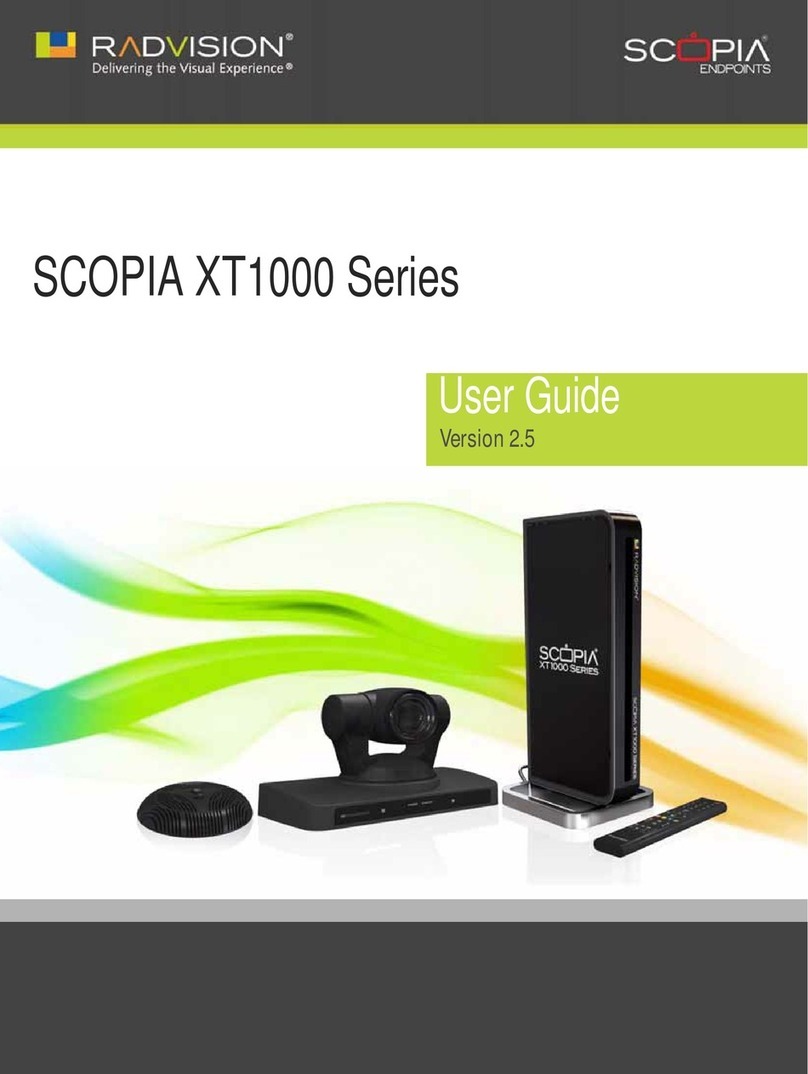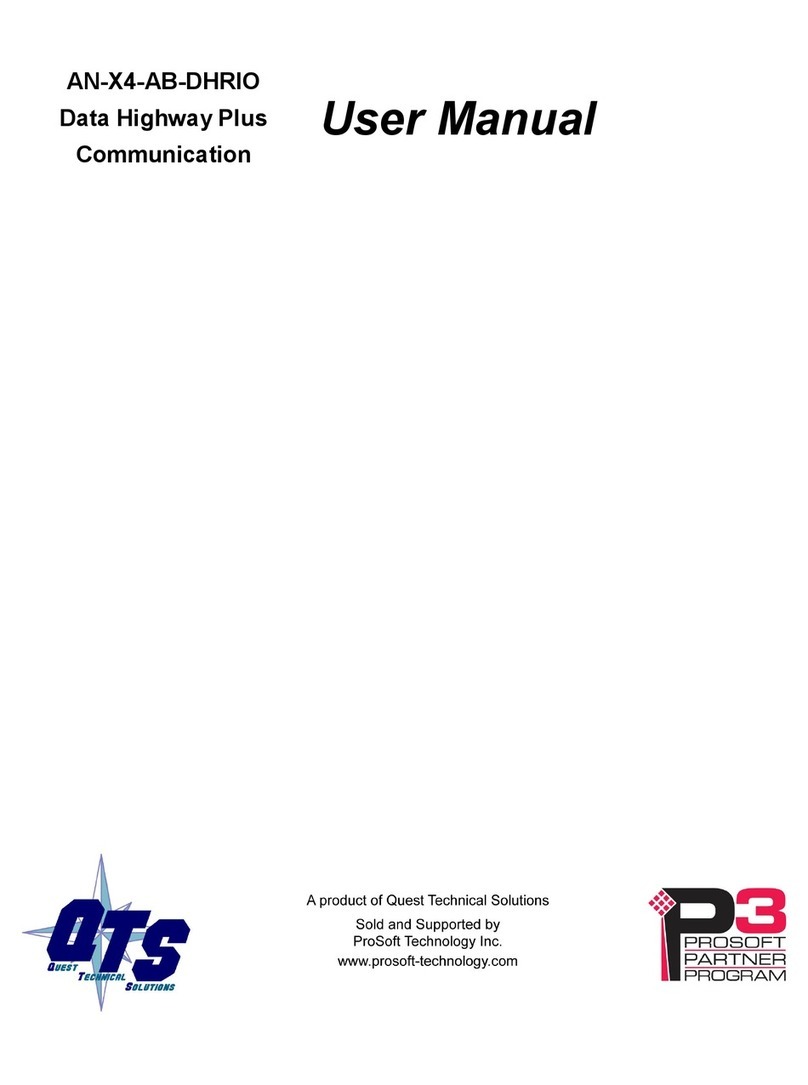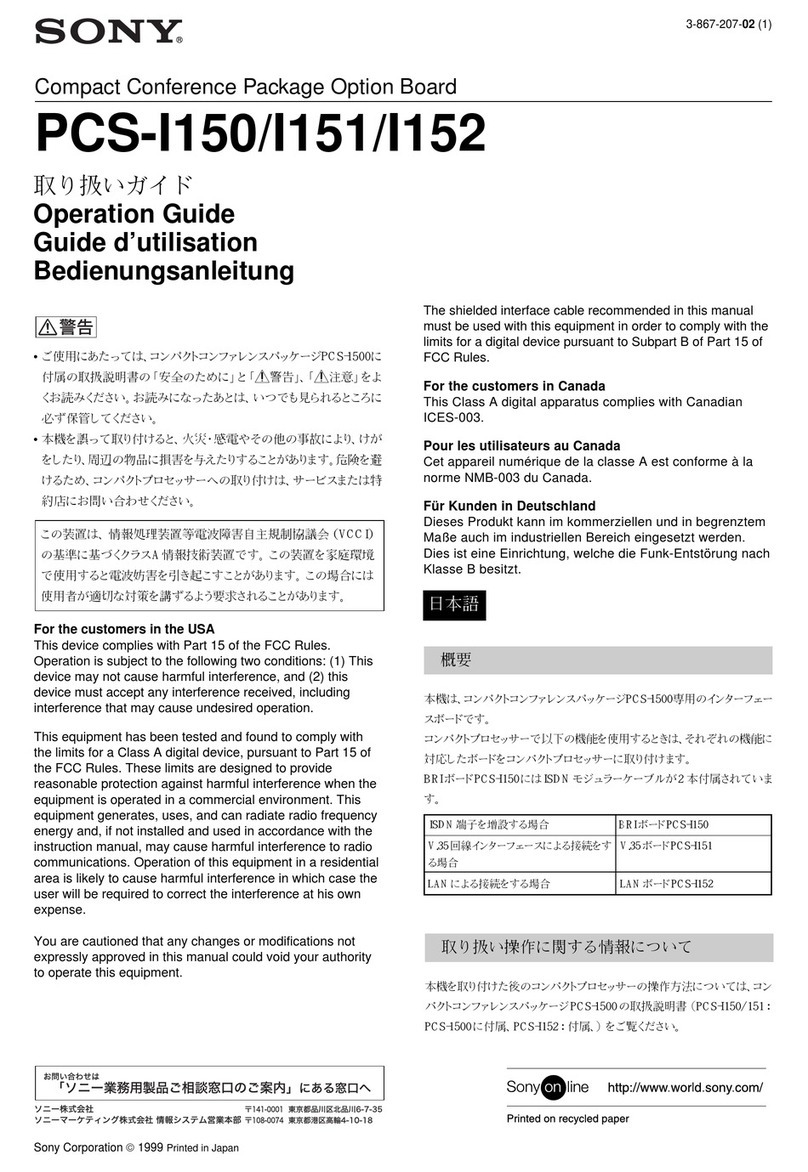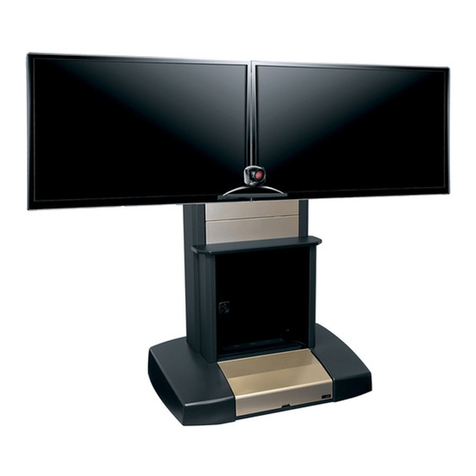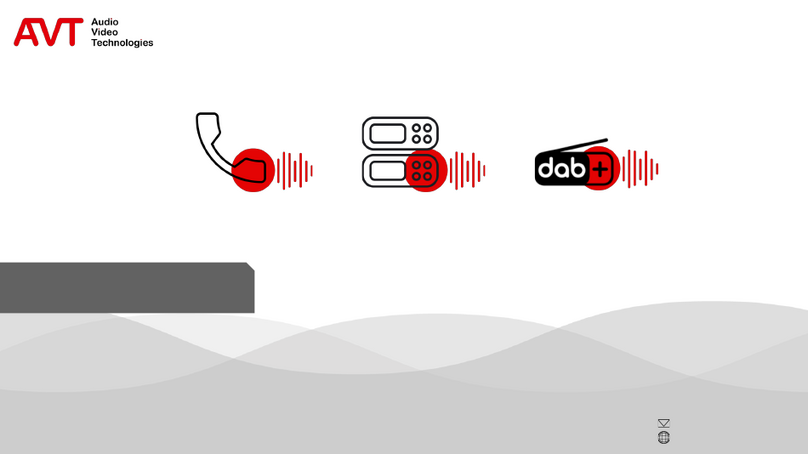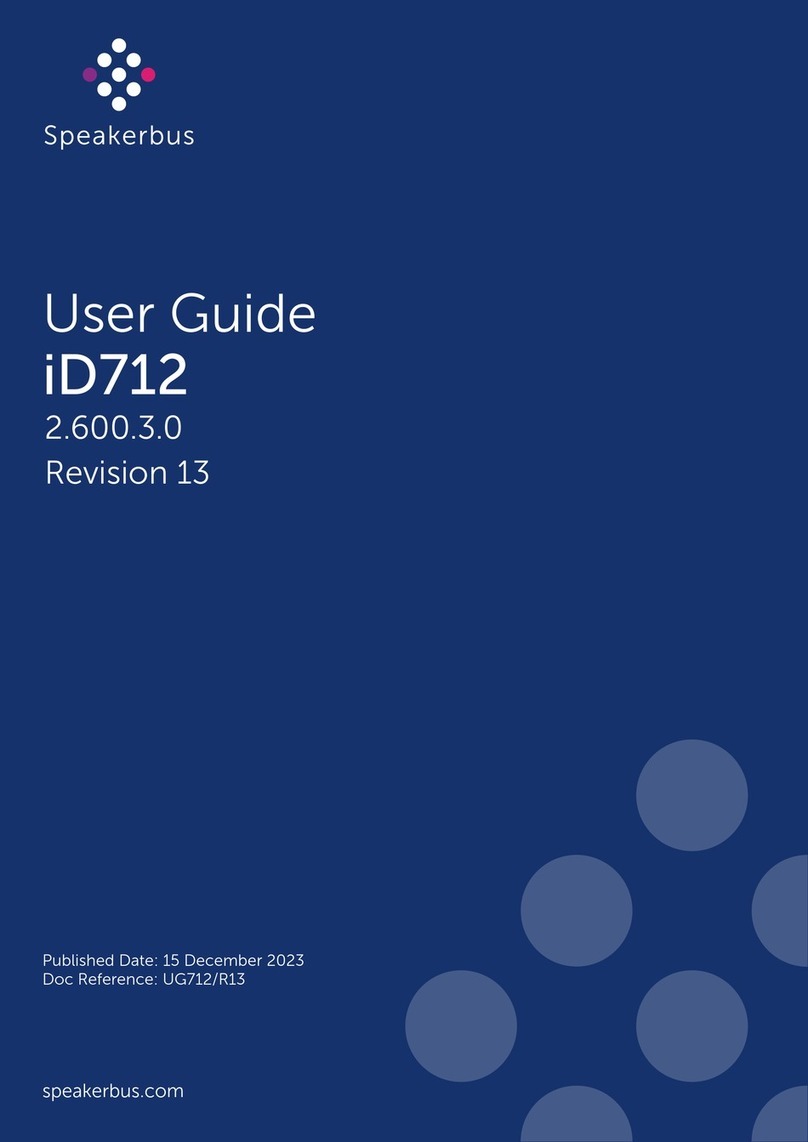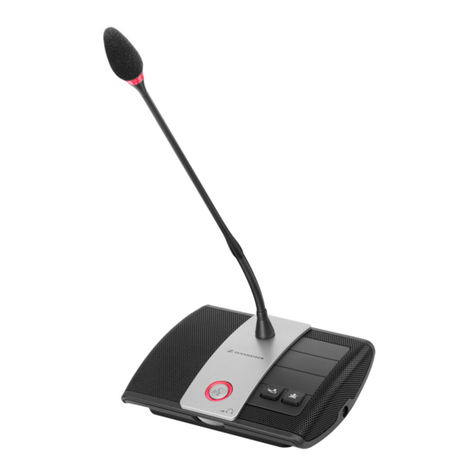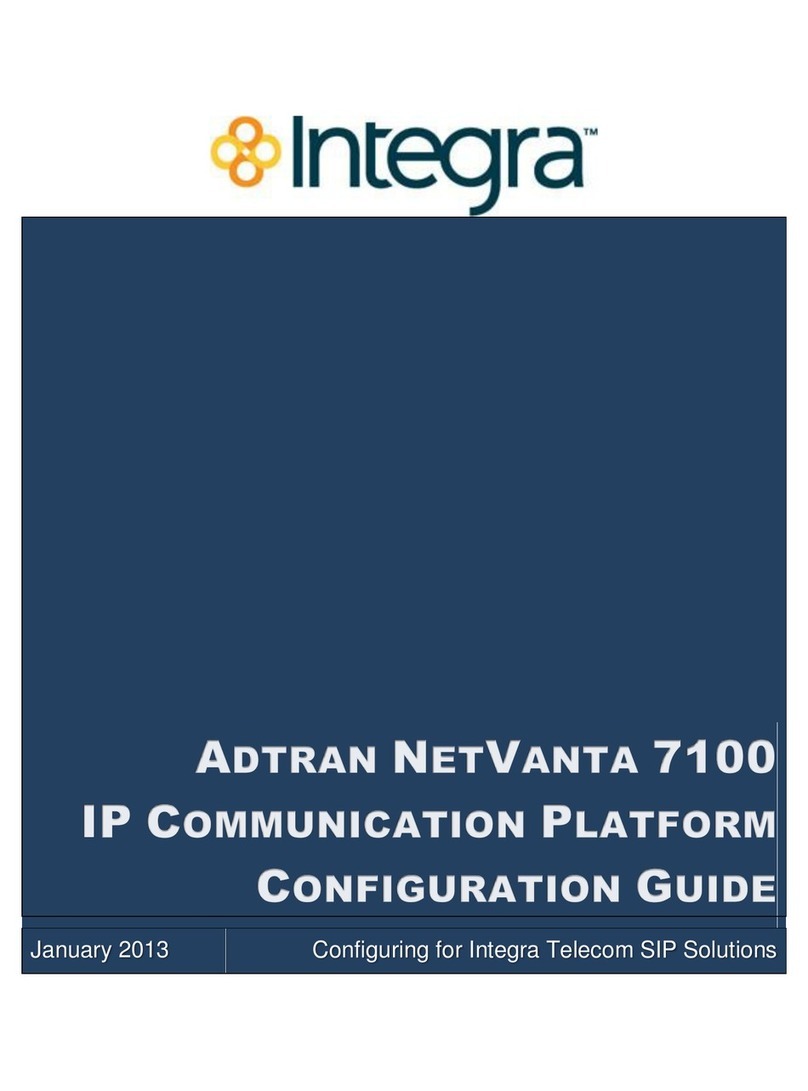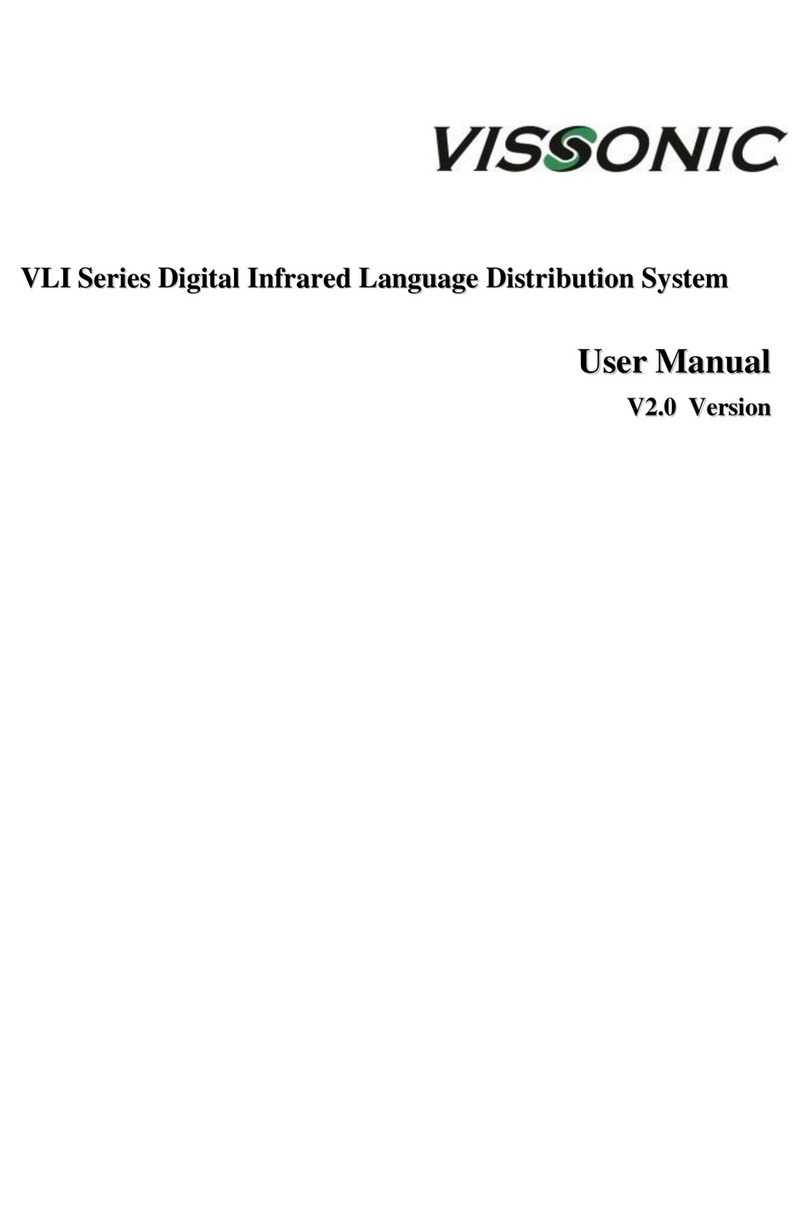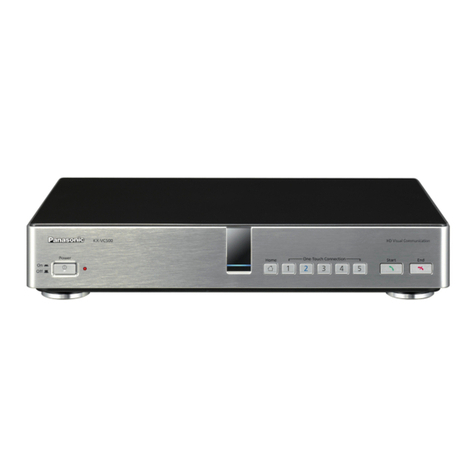
5.5.4.3. VTU setup ................................................................................................... 134
5.5.4.4. ATU setup ................................................................................................... 137
5.5.4.5. RSTP setup ................................................................................................ 139
5.6. Tools ................................................................................................................................. 142
5.6.1. Maintenance .......................................................................................................... 142
5.6.1.1. Backup, Default settings, Diagnostic package, MIB ................................... 142
5.6.1.2. Feature keys ............................................................................................... 147
5.6.1.3. Firmware ..................................................................................................... 148
5.6.1.4. Radio adaptation ........................................................................................ 150
5.6.1.5. Restart ........................................................................................................ 152
5.6.2. Live data ................................................................................................................ 153
5.6.2.1. Bar indicators .............................................................................................. 153
5.6.2.2. Antenna Alignment Tool .............................................................................. 153
5.6.2.3. Frequency spectrum analyzer .................................................................... 155
5.6.2.4. Radio loopback ........................................................................................... 156
5.6.3. History ................................................................................................................... 158
5.6.3.1. Thumbnails ................................................................................................. 158
5.6.3.2. Viewer ......................................................................................................... 159
5.6.3.3. Data ............................................................................................................ 161
5.6.4. Logs ....................................................................................................................... 162
5.6.5. Programs ............................................................................................................... 163
5.6.5.1. Ping ............................................................................................................. 163
5.6.5.2. CLI .............................................................................................................. 164
5.7. Help .................................................................................................................................. 167
6. Command Line Interface ............................................................................................................. 170
6.1. Connection via CLI ........................................................................................................... 170
6.1.1. Telnet ..................................................................................................................... 170
6.1.2. PuTTY ................................................................................................................... 170
6.1.3. SSH ....................................................................................................................... 170
6.2. Working with CLI .............................................................................................................. 171
6.2.1. SSH keys ............................................................................................................... 172
6.2.2. Scripts .................................................................................................................... 172
6.3. Configuration with CLI ...................................................................................................... 173
6.3.1. Configuration file .................................................................................................... 173
6.3.2. Firmware upgrade ................................................................................................. 173
6.3.3. Remote unit authorization ...................................................................................... 173
6.3.4. Radio loopback ...................................................................................................... 174
7. RAy Tools app for Mobile devices ............................................................................................... 175
7.1. Menu options .................................................................................................................... 176
7.1.1. Calculation ............................................................................................................. 176
7.1.2. Alignment ............................................................................................................... 176
7.1.3. Configuration ......................................................................................................... 177
7.1.4. About ..................................................................................................................... 177
7.2. Application availability ...................................................................................................... 177
7.3. Feedback to RACOM ....................................................................................................... 178
8. Troubleshooting ........................................................................................................................... 179
9. Technical parameters .................................................................................................................. 182
9.1. General parameters ......................................................................................................... 182
9.1.1. Overview ................................................................................................................ 182
9.1.2. Link speed ............................................................................................................. 184
9.2. RAy3-17 parameters ........................................................................................................ 186
9.2.1. Upper/Lower Limits ................................................................................................ 186
5© RACOM s.r.o. – RAy3 Microwave Link
RAy3 Microwave Link


